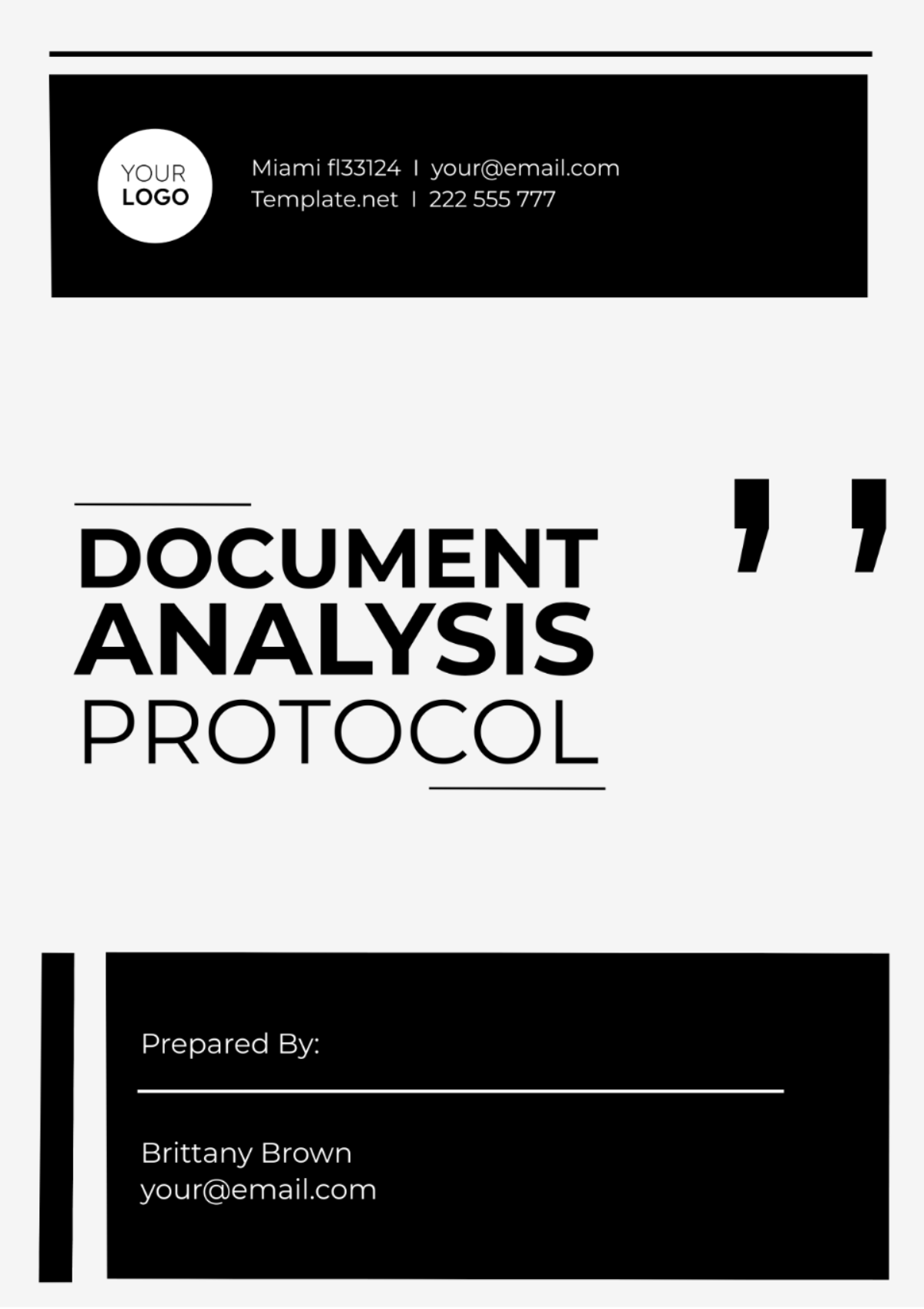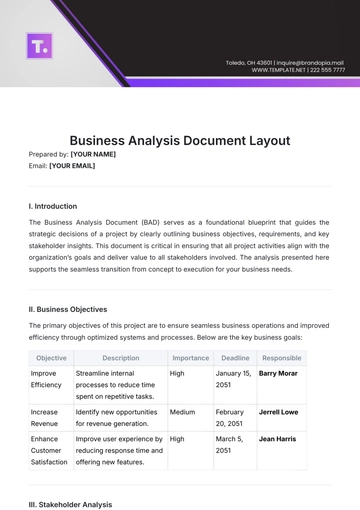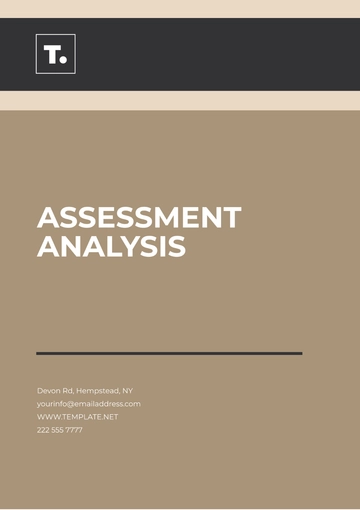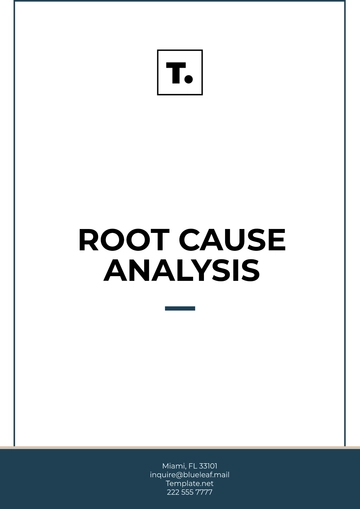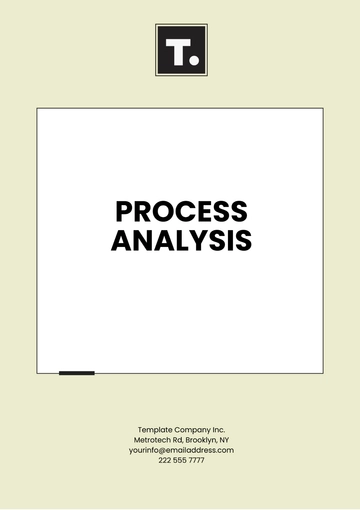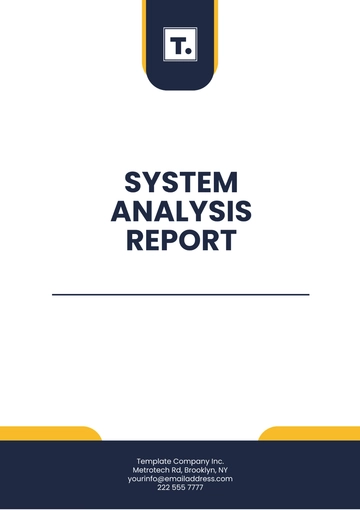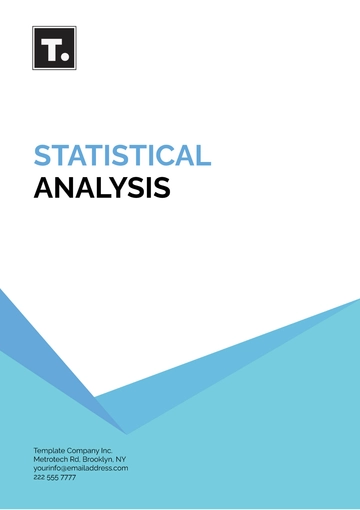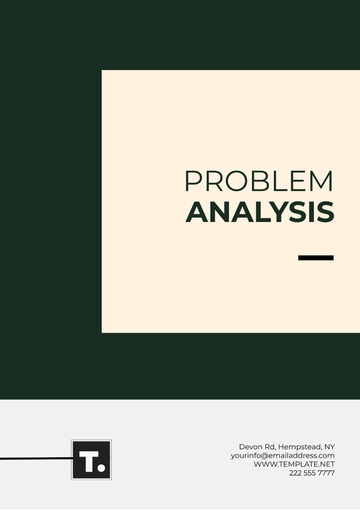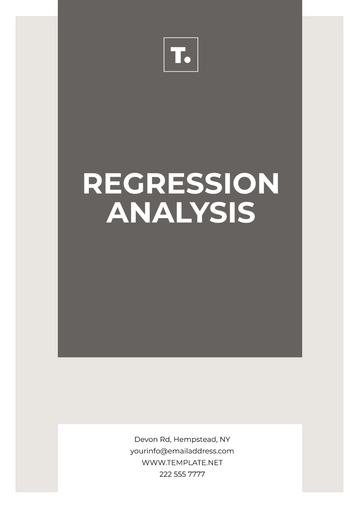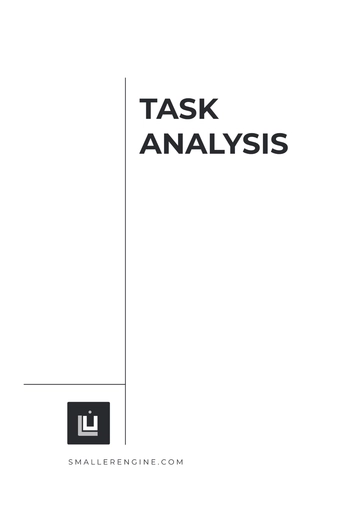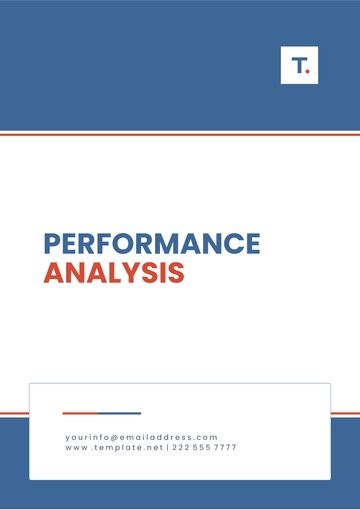DOCUMENT ANALYSIS PROTOCOL
Name: | [Your Name] |
Company Name: | [Your Company Name] |
Date: | [Date] |
Document analysis is a fundamental aspect of legal services, crucial for gathering evidence, understanding case details, and supporting legal arguments. This protocol outlines the procedures and guidelines for conducting document analysis within the context of legal services.
I. Objectives
The primary objectives of the Document Analysis Protocol are:
To systematically review and analyze legal documents to extract relevant information.
To identify key facts, issues, and arguments pertinent to legal cases.
To ensure accuracy, reliability, and integrity in document analysis processes.
To support evidence-based decision-making and legal strategies.
II. Scope
The scope of the document analysis protocol covers various types of legal documents, including but not limited to:
III. Protocol Overview
The document analysis protocol consists of the following key components:
Preparation: Define the objectives, scope, and criteria for document analysis.
Document Collection: Gather relevant legal documents related to the case or matter under review.
Review and Analysis: Systematically review and analyze each document to extract key information, identify relevant details, and assess their significance.
Documentation: Document the findings of the document analysis process, including key facts, issues, arguments, and any discrepancies or inconsistencies.
Reporting: Prepare a comprehensive report summarizing the results of the document analysis and presenting findings in a clear, organized manner.
Collaboration: Collaborate with legal teams, experts, and stakeholders to validate findings and insights derived from document analysis.
IV. Procedure
Preparation
Define the objectives and scope of document analysis.
Identify the criteria for selecting relevant documents.
Establish a timeline and allocate resources for document analysis activities.
Document Collection
Review and Analysis
Conduct a thorough review of each document to understand its content, context, and significance.
Identify key information, facts, issues, and arguments presented in the documents.
Analyze the legal implications and relevance of the information extracted from the documents.
Documentation
Document key findings, observations, and insights derived from the document analysis process.
Maintain accurate records of document sources, dates, and any annotations made during analysis.
Reporting
Prepare a comprehensive report summarizing the results of the document analysis.
Present findings in a structured format, including an executive summary, analysis of key issues, and supporting evidence from documents.
Provide recommendations or insights based on the analysis to inform legal strategies or decision-making.
Collaboration
Collaborate with legal teams, experts, and stakeholders to validate findings and interpretations derived from document analysis.
Incorporate feedback and input from collaborators to ensure the accuracy and reliability of analysis outcomes.
V. Documentation
Ensure thorough documentation of all aspects of the document analysis process, including:
Objectives and scope
Document collection methods and sources
Analysis techniques and findings
Reporting and presentation of results
Collaboration and validation activities
VI. Data Collection
Data collection is a critical aspect of document analysis, ensuring that relevant legal documents are obtained from various sources. It involves:
Identifying sources: Determine where relevant legal documents can be found, including internal databases, court records, and client files.
Gathering documents: Collect the necessary legal documents in a systematic and organized manner, ensuring completeness and accuracy.
Document verification: Verify the authenticity and reliability of the collected documents to ensure their suitability for analysis.
VII. Safety Considerations
Safety considerations in document analysis involve protecting sensitive information and maintaining confidentiality. This includes:
Data security: Implementing measures to safeguard confidential information during document collection, analysis, and storage.
Compliance with privacy regulations: Ensuring compliance with relevant data protection laws and regulations to protect the privacy rights of individuals mentioned in the documents.
Ethical considerations: Adhering to ethical standards and professional codes of conduct in handling confidential information and respecting client confidentiality.
Secure disposal: Properly disposing of documents after analysis, ensuring that sensitive information is securely destroyed to prevent unauthorized access or disclosure.
By addressing data collection and safety considerations, the Document Analysis Protocol ensures the integrity, confidentiality, and ethical conduct of document analysis processes within legal services.
_____________________________________________________________________________________
Protocol Templates @ Template.net
